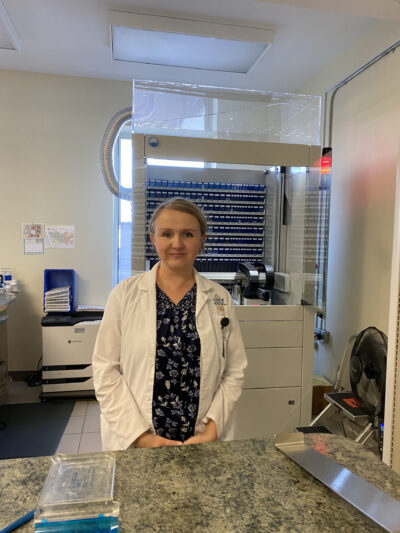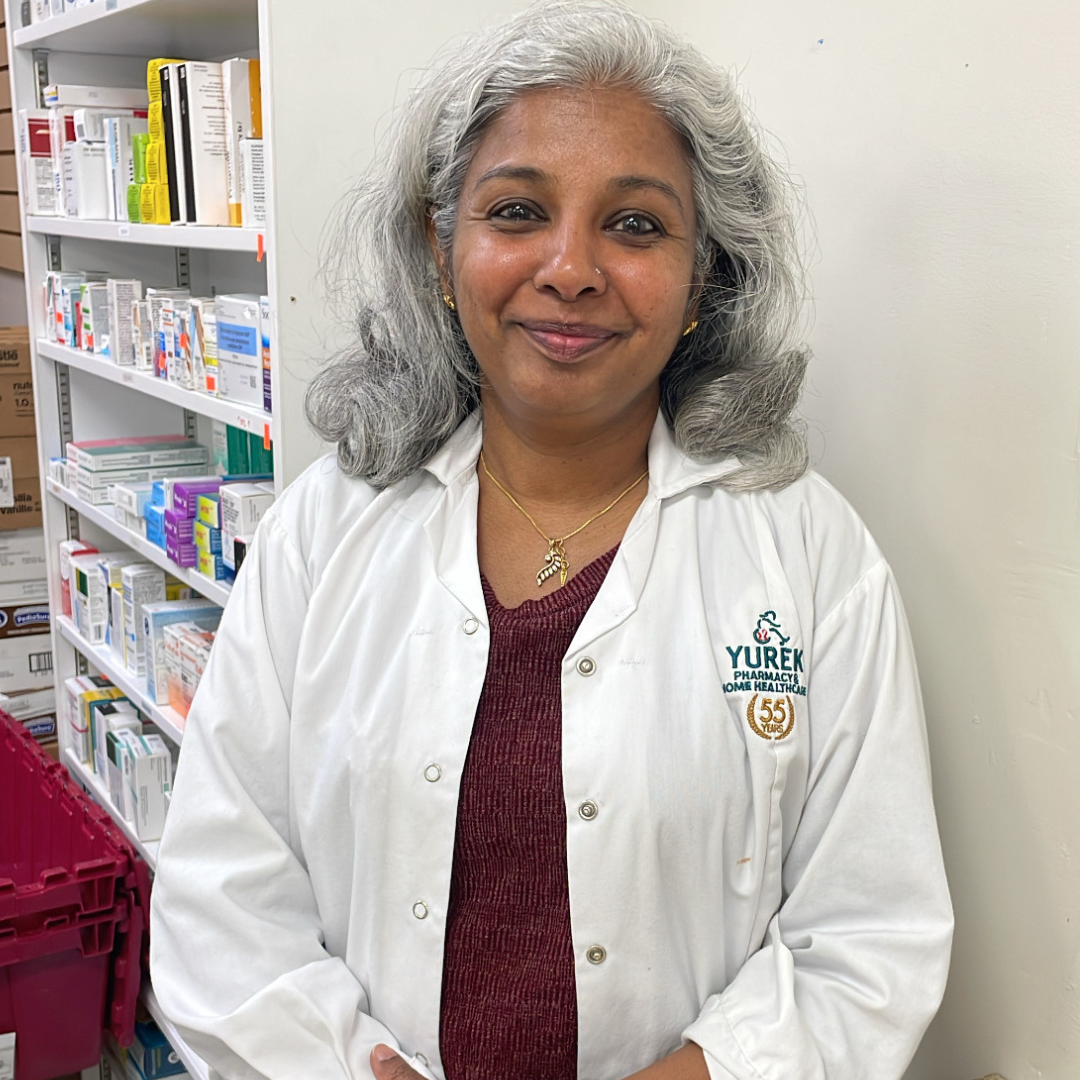By: Daria Horbal, Pharm.D, RPh
Blood clots (thrombosis) kill one in four Canadians each year. If you didn’t know that, you’re not alone. According to a 2018 Thrombosis Canada survey, VTE (a blood clot that forms in the veins) causes more deaths in Canada than car accidents, breast cancer, and HIV combined, yet half of Canadians have never heard of it. Since most vein blood clots are preventable, knowing the risk factors and warning signs can save you or someone you love.
Blood clots are a normal part of your response to injury, forming after a nick, bruise, or scrape to stop the flow from a damaged blood vessel. They are normally immobile and harmless. That changes when a clot forms in the deep veins of your leg, thigh, or pelvis (called deep vein thrombosis or DVT). Risk factors include:
- Damage from an injury, fracture, infection, or surgery
- Disease
- Certain drugs (like birth control medication)
- Inactivity/immobility
- Obesity
- Some inherited disorders
- Hormone therapy
- Smoking
A clot in a vein or artery can dislodge and travel within your circulatory system, eventually lodging in your lungs (pulmonary embolism), heart (causing a heart attack), or brain (triggering a stroke). Although symptoms vary, warning signs may include:
- Pain, swelling or redness in your arm or leg
- Chest pain or numbness
- Sudden changes in your mental state
- Shortness of breath
- Rapid breathing or heart rate
- Dizziness
If you suspect you may have a blood clot, seek immediate medical attention. Treatment may include blood-thinners, catheters, or stents to stabilize vessels. For more information, speak to your doctor or contact Thrombosis Canada.








